Exhibition spotlight: The Dialectical Third shines light on 148 rare Polaroids
On view through Nov. 15 at 86 Walker Street in Tribeca, the daring exhibition The Dialectical Third, presented by the Grove Foundation for the Arts, unveils 148 seldom-seen Polaroids by Andy Warhol from the 1970s and ’80s, bringing to light work long withheld from the public for its unapologetic celebration of queer intimacy, gender performance and sexual expression.

The show offers a rare invitation into a chapter of Warhol’s work rarely seen: not the familiar silk-screens of Marilyn or Campbell’s soup cans, but Polaroids rife with eroticism, vulnerability and the boundary-pushing spirit of queer culture.

A collection hidden in plain view
The exhibition marks the public debut of these Polaroids drawn from the private collection of Dr. Jeffrey S. Grove, arts patron and founder of the Grove Foundation. The series spans Ladies and Gentlemen (1975), Sex Parts (1976), Torso (1977) and Querelle (1982) — all photographic series in which Warhol documented queer bodies, moments of gender performance, erotic expression and intimacy in a time when such visibility was deeply risky.
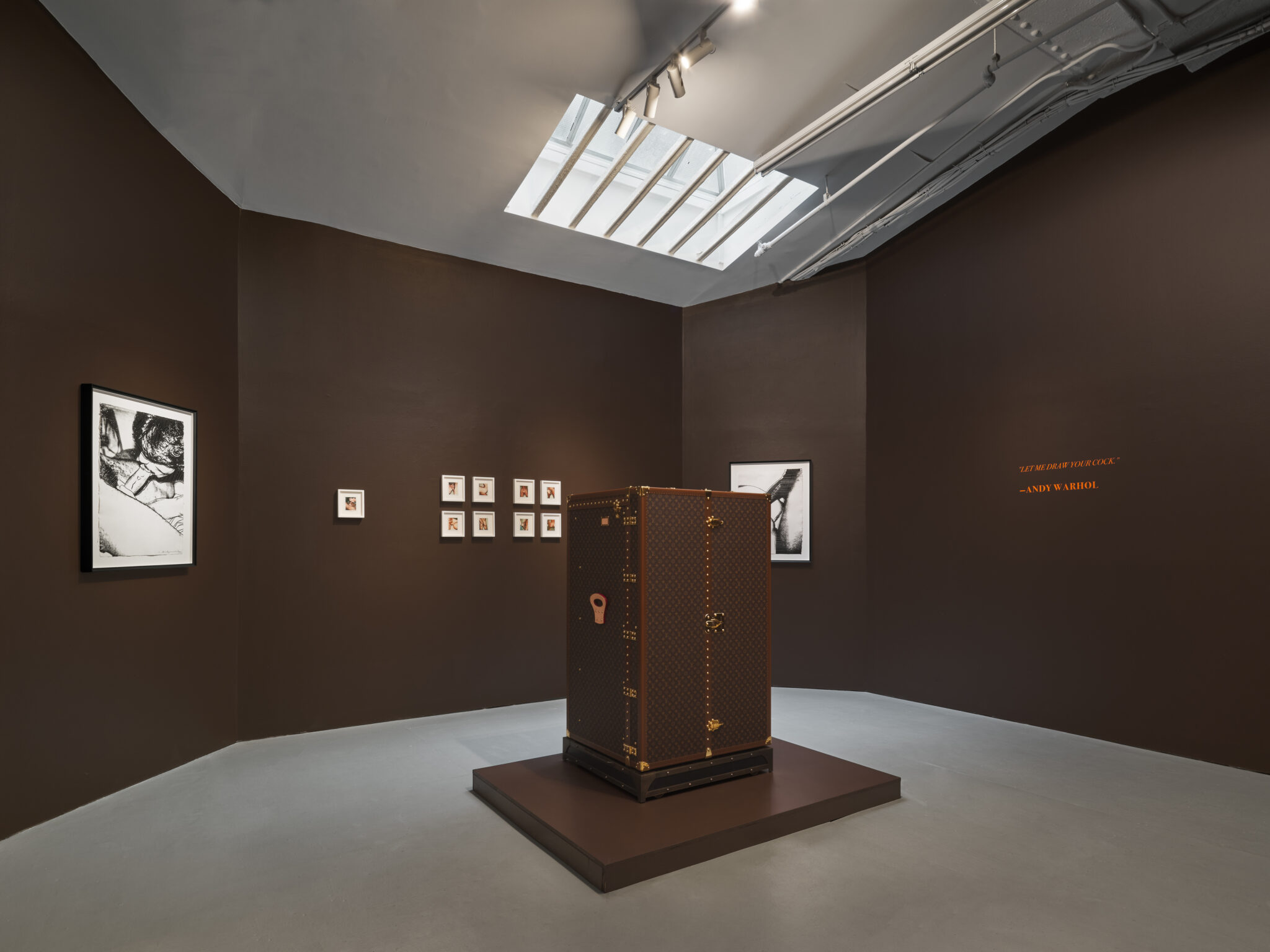

According to the foundation, these images “were completed over several years during a time when homosexual acts were criminalized and such photography carried significant legal, social and personal risk.”
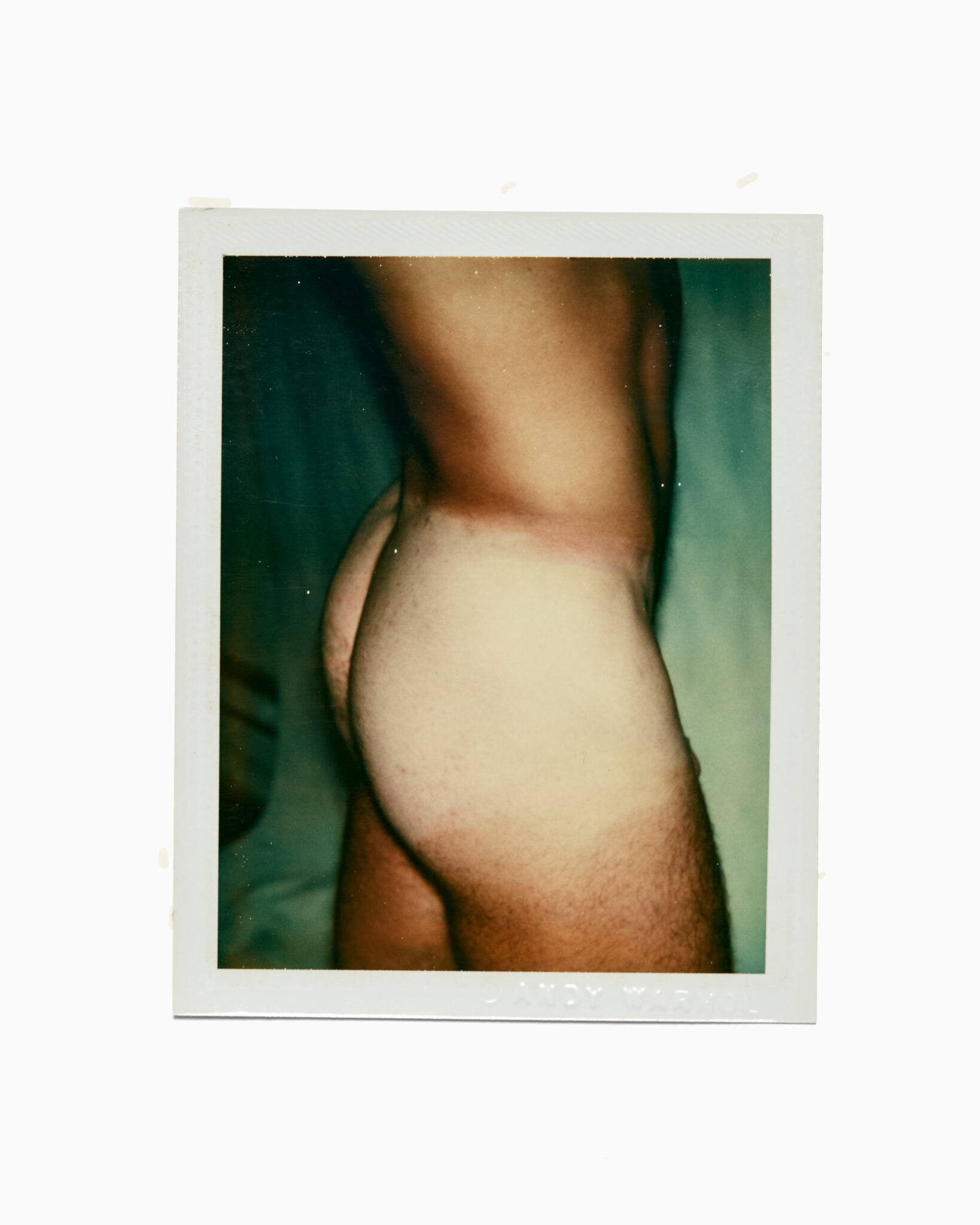
More than snapshots: art, design and the trunk
The Polaroids are accompanied by related drawings and screen-prints, offering layered insight into how Warhol’s photographic work fed into his more recognizable silkscreens. The show, in effect, reframes Warhol’s engagement with body, visibility and desire.


One standout of the installation: a custom-crafted Louis Vuitton “Malle” steamer trunk, designed specifically to store and exhibit the collection. The trunk becomes a metaphor for the tension between privacy and public display that animates Warhol’s work.
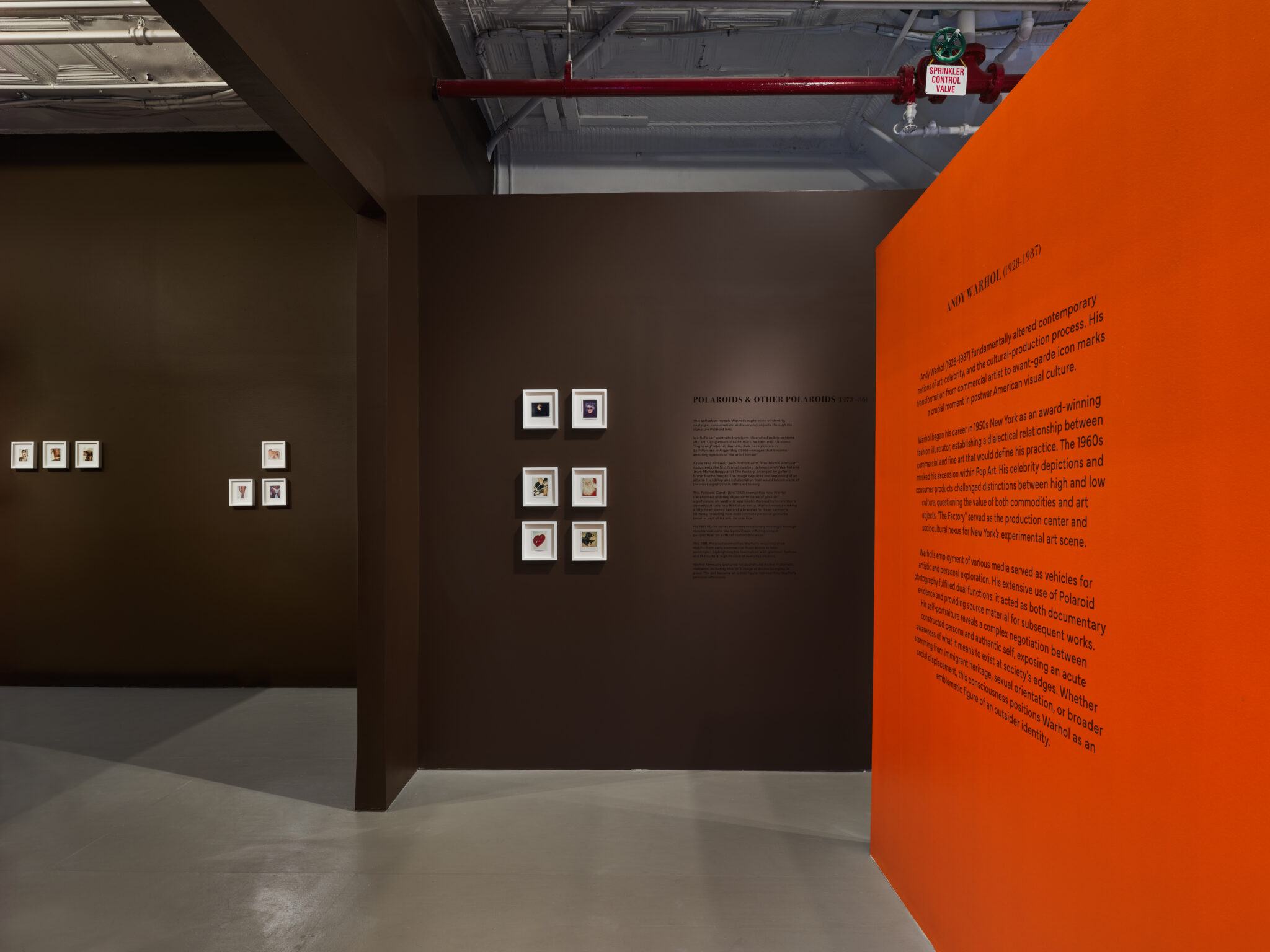
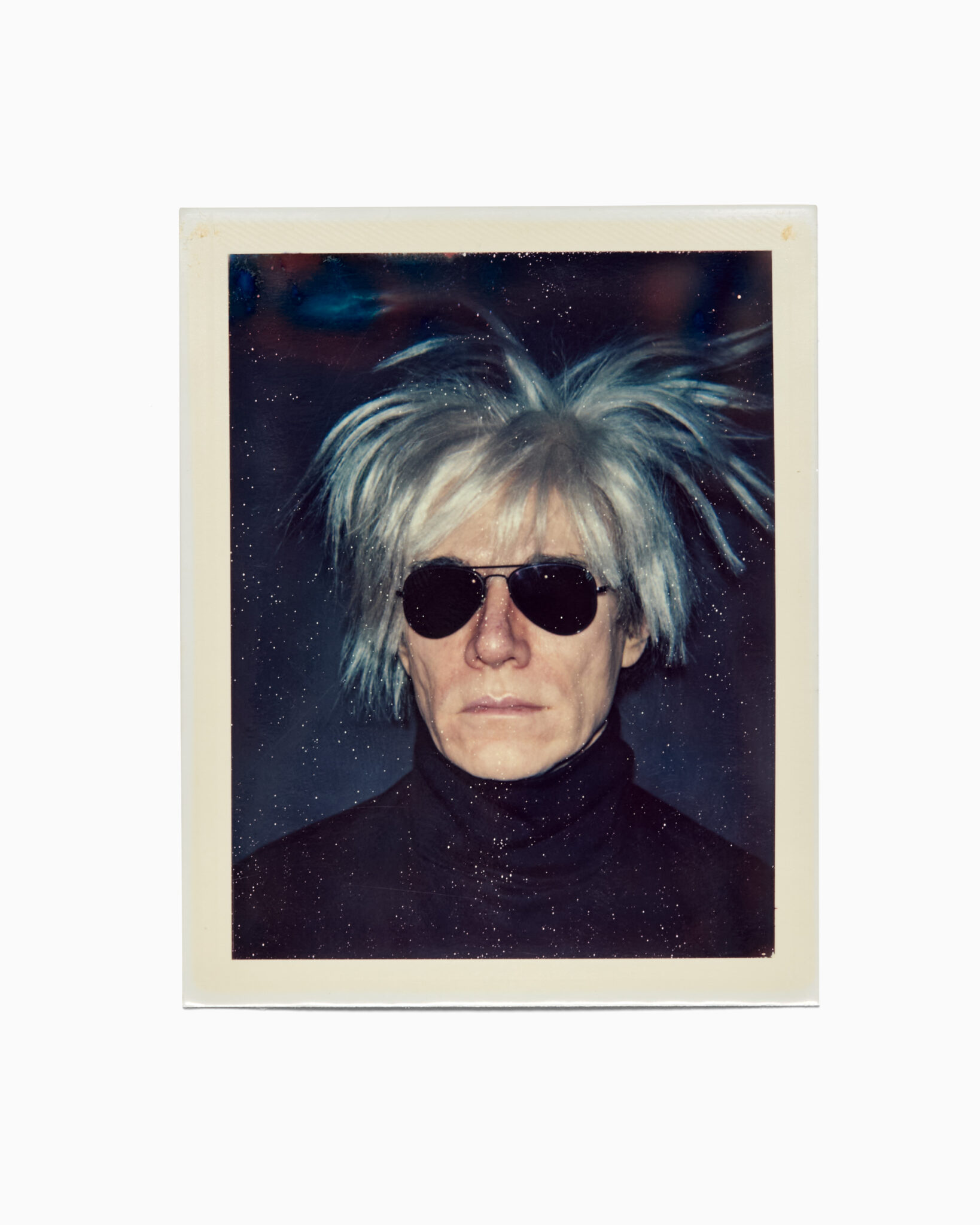
Dina Giordano, curator and executive director of the Grove Foundation, describes the show’s title as key to its vision. “The Dialectical Third” speaks to a space beyond binaries—male/female, art/pornography, intimacy/distance—in which something new emerges.
Why it matters for queer culture
For readers engaged in queer art, history and expression, this exhibition is significant. The works reflect periods of invisibility and crisis in queer life, and now claim space in one of the world’s leading art-cities. Viewing them in Manhattan’s Tribeca neighborhood, in the same city and near the time and space where they were created, amplifies their cultural resonance.
They are, as Giordano puts it, “a powerful declaration of affirmation of the LGBTQIA+ community and its allies: we are here, we will not be erased, and we stand prouder today than ever before.”
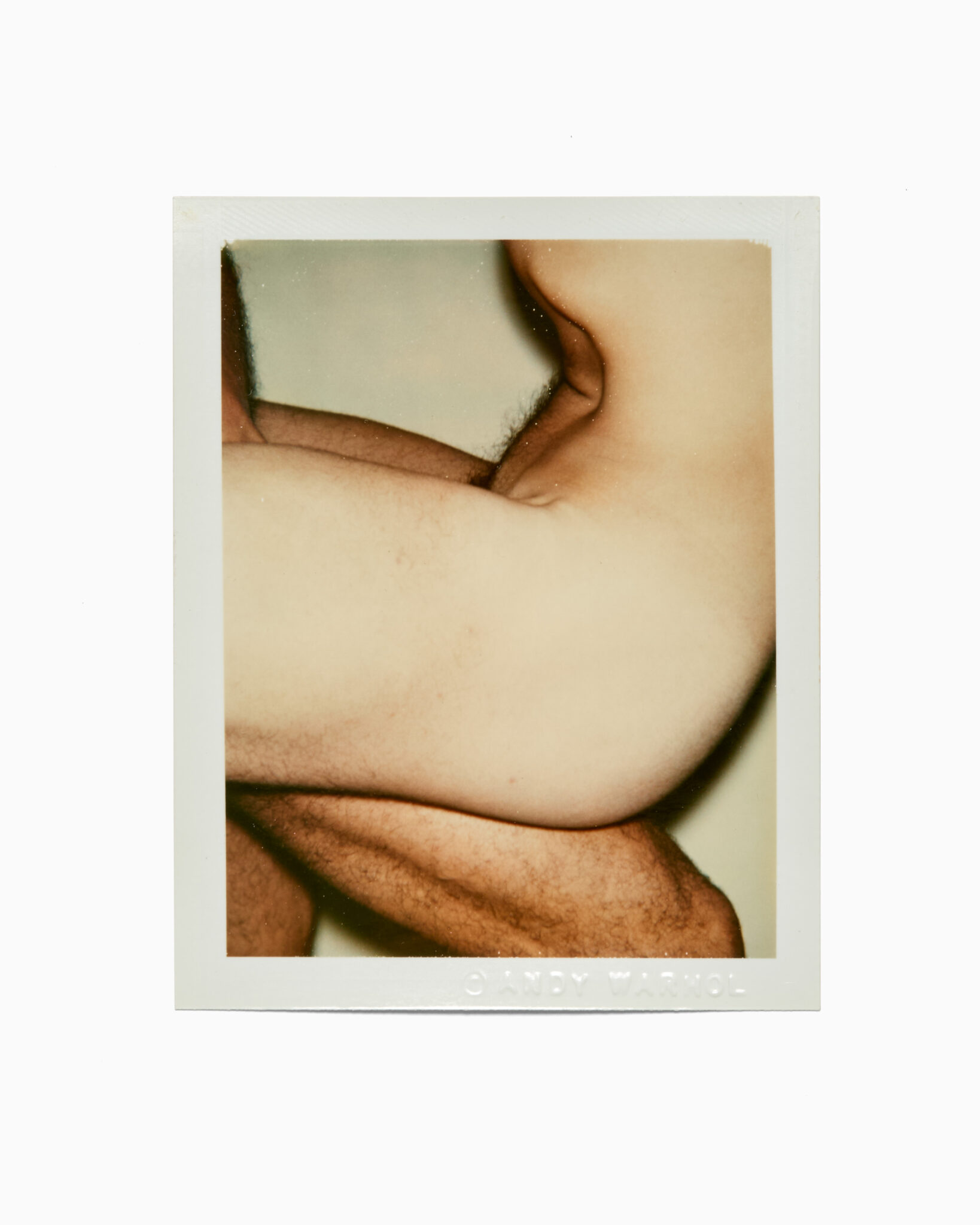
Practical details & viewing tips
- Exhibition: The Dialectical Third
- Venue: 86 Walker Street, Tribeca, New York NY 10013
- On view through Nov. 15 (closing date imminent)
- This is the inaugural public exhibition of the Grove Foundation’s Warhol Polaroid collection.
- A short documentary by filmmaker Diane Crespo also screens in the gallery, featuring Dr. Grove, Dina Giordano and Warhol insiders Vincent Fremont and Jessica Beck.
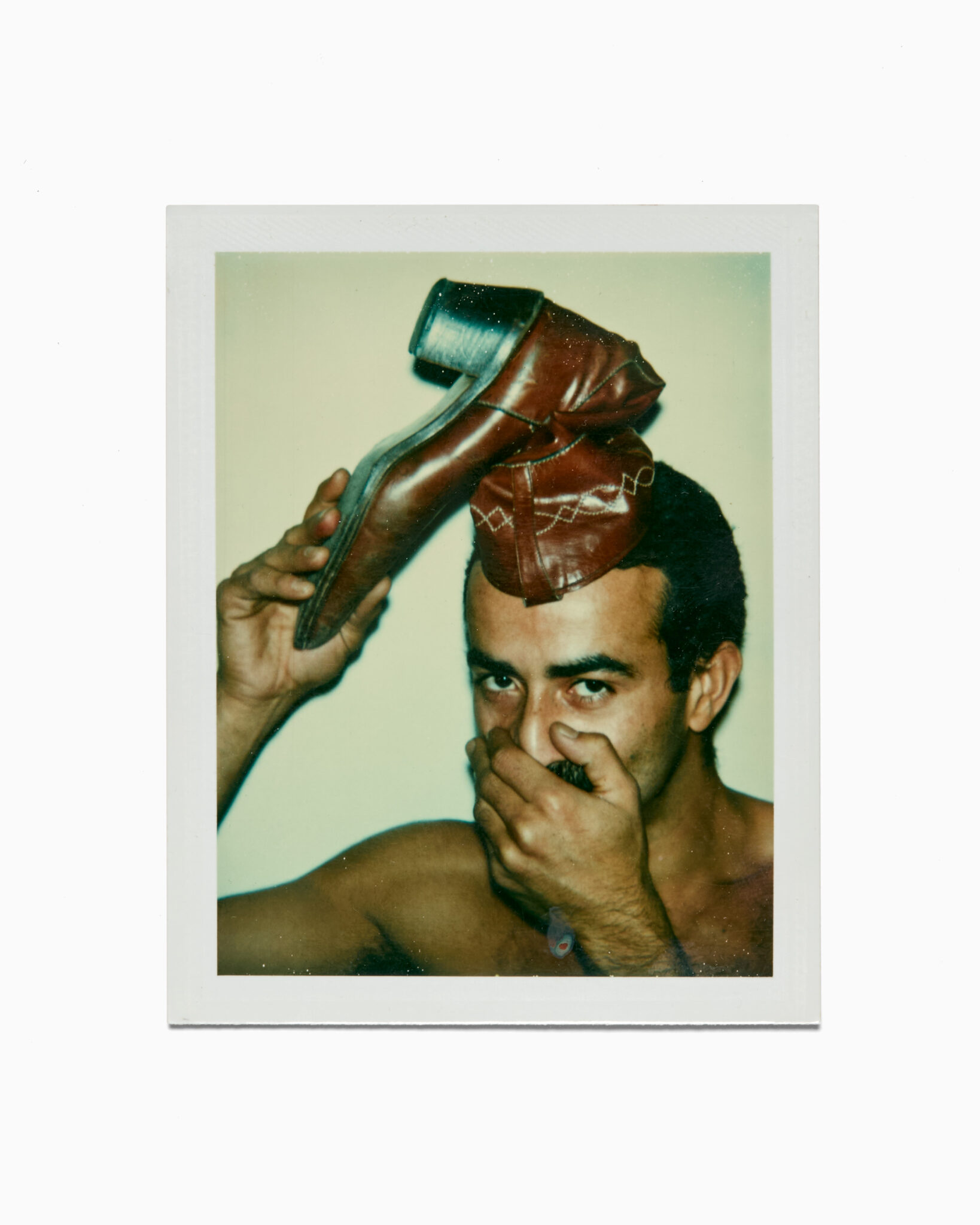
The exhibition offers fresh insight into Warhol’s lesser-known output, contextualizing his art within queer experience and performance culture.
